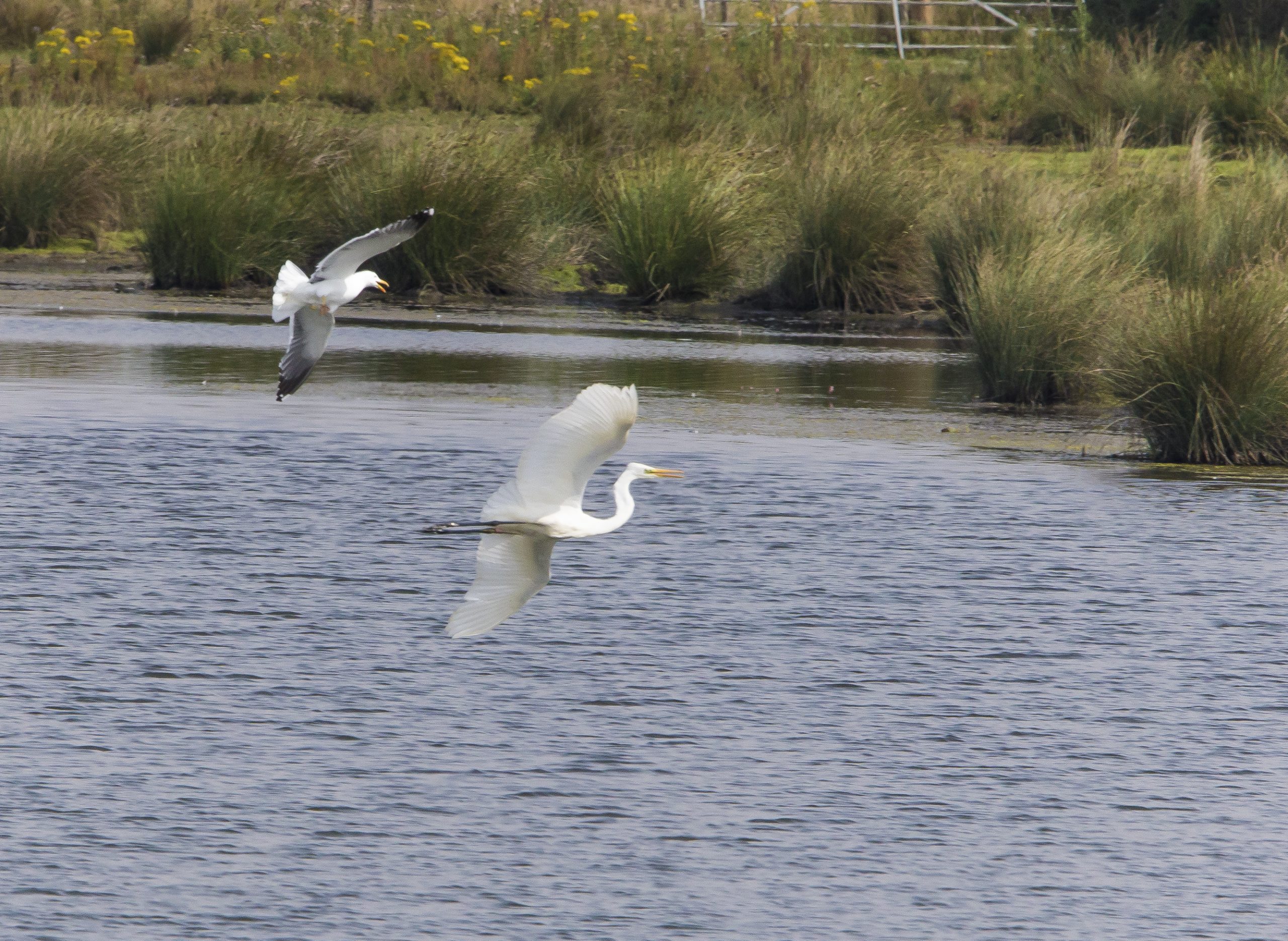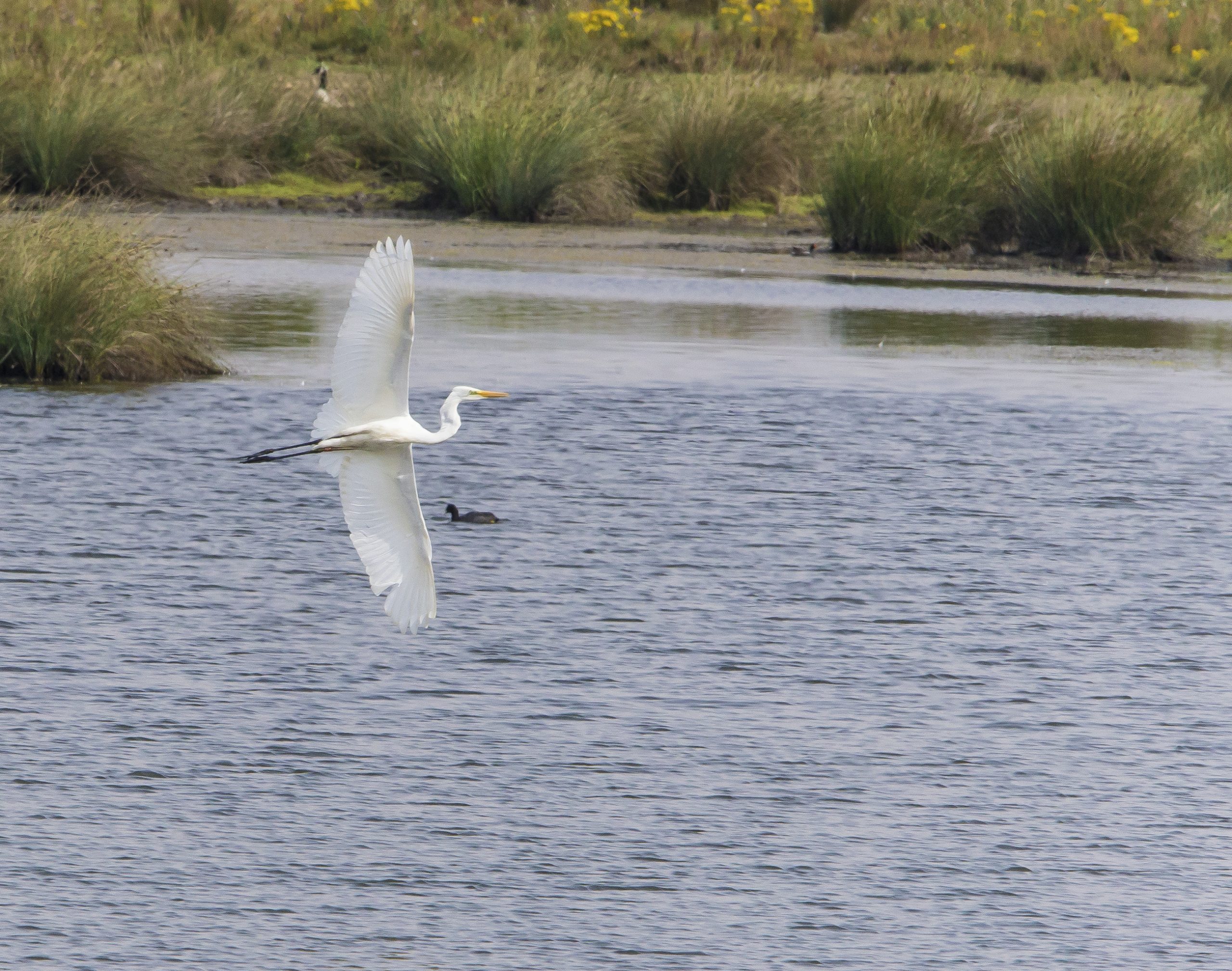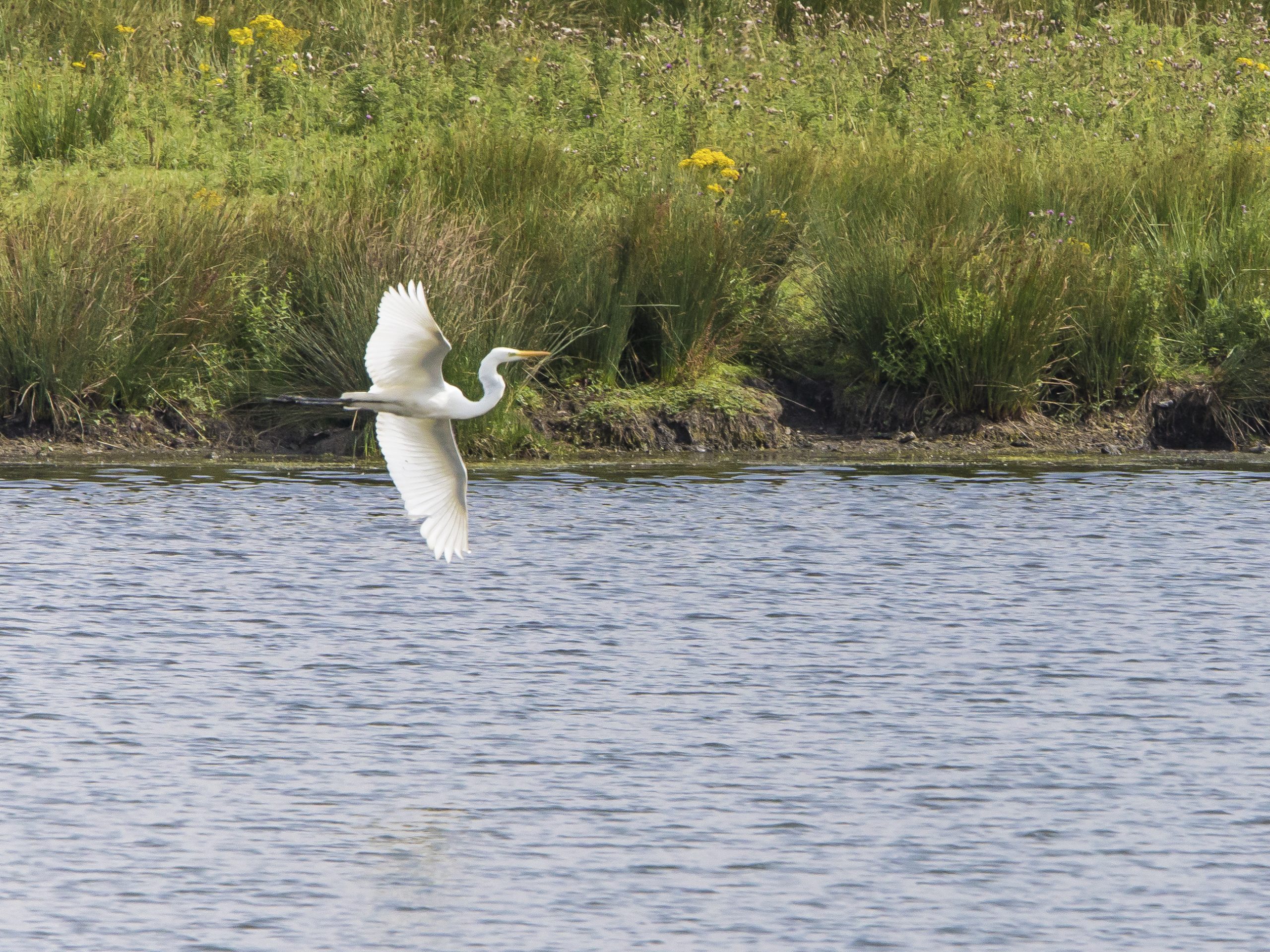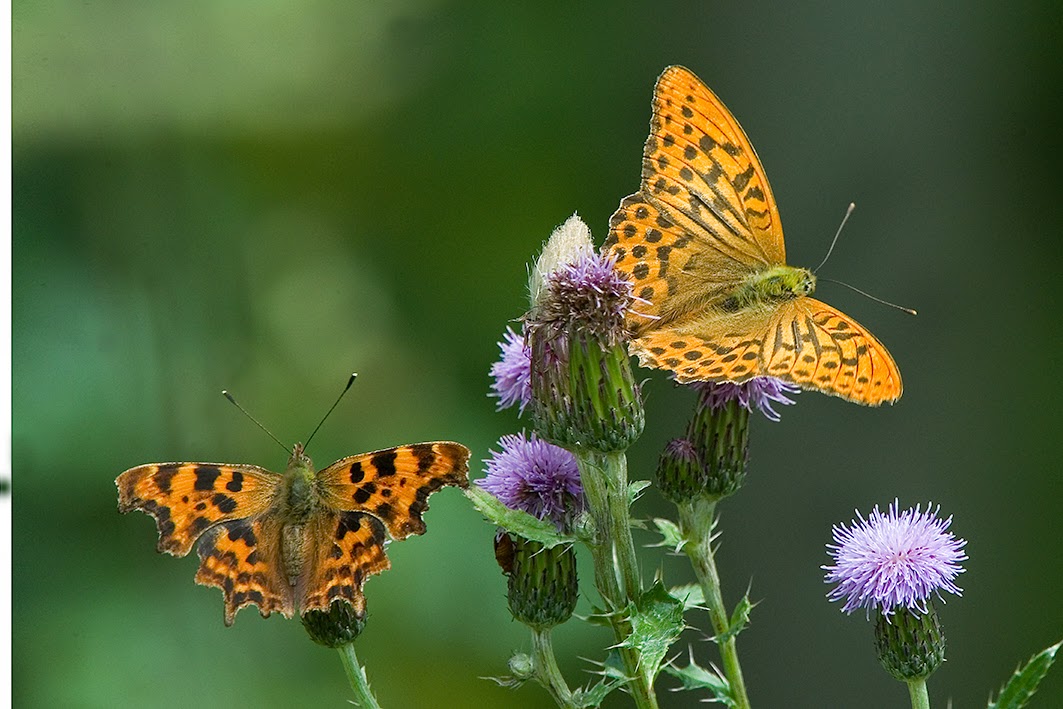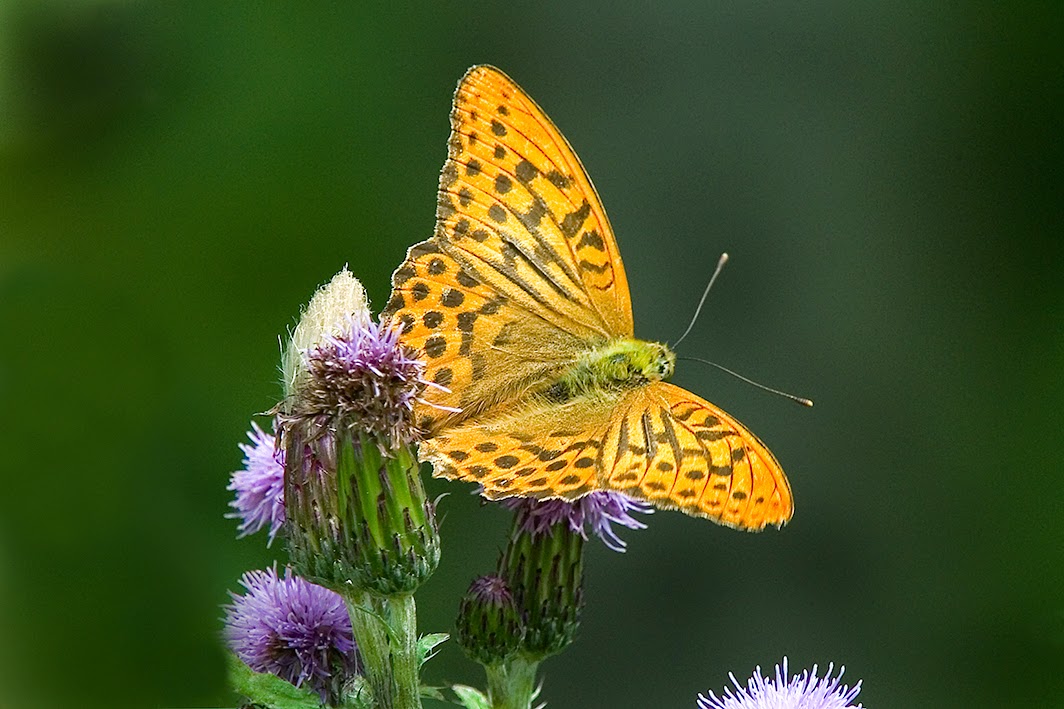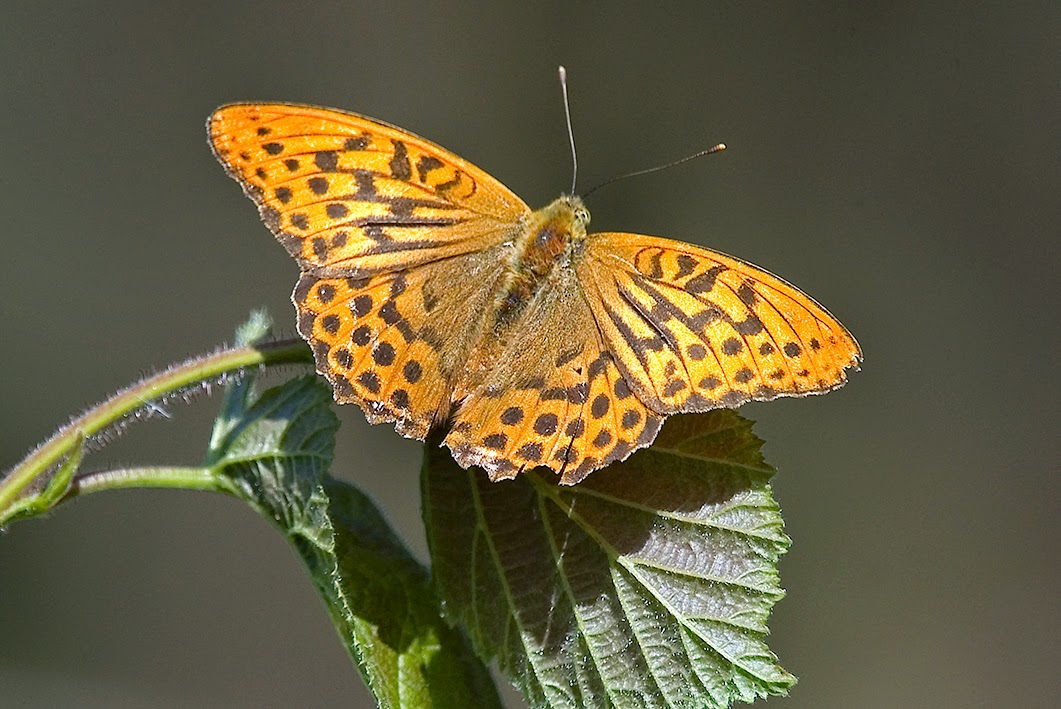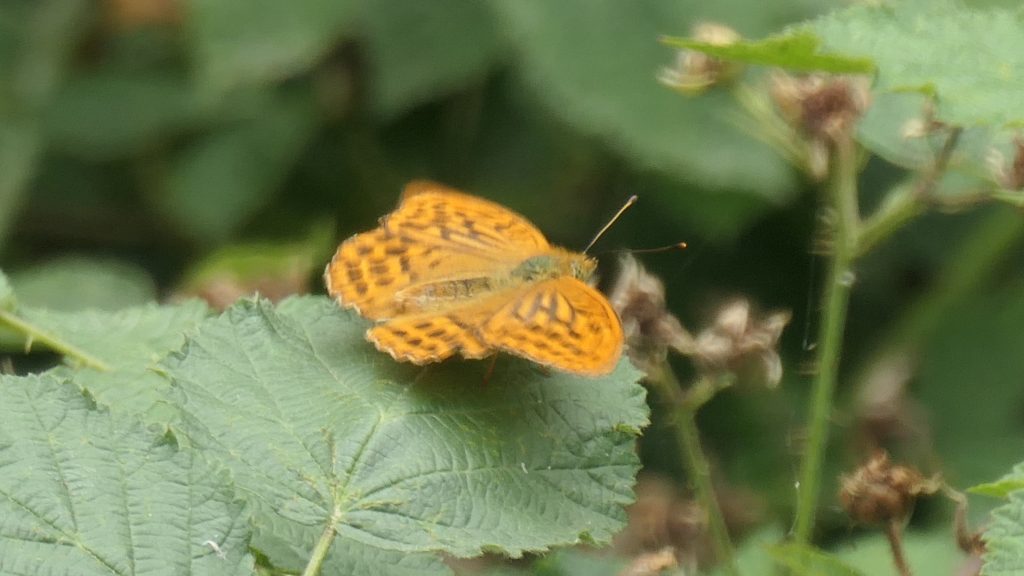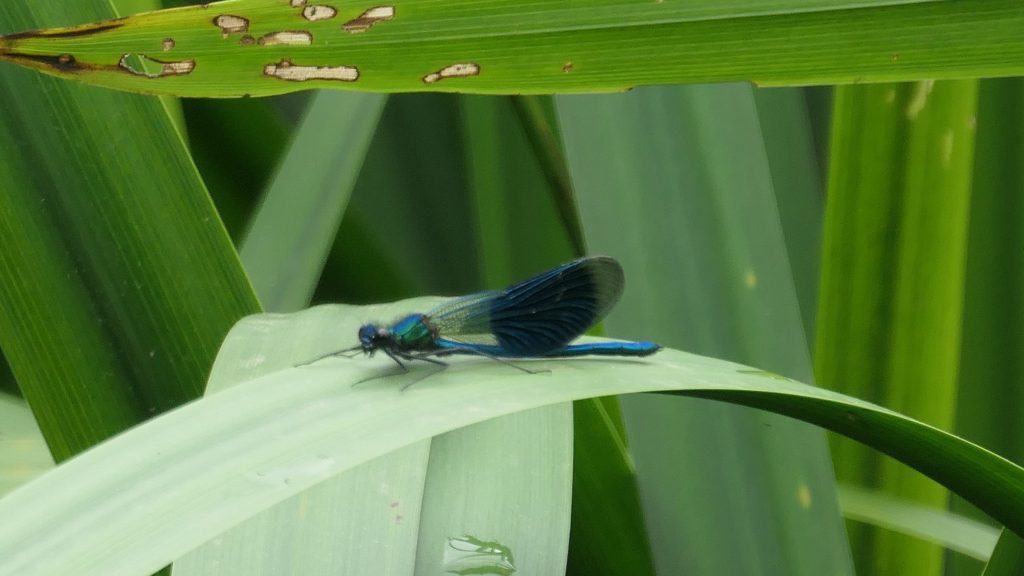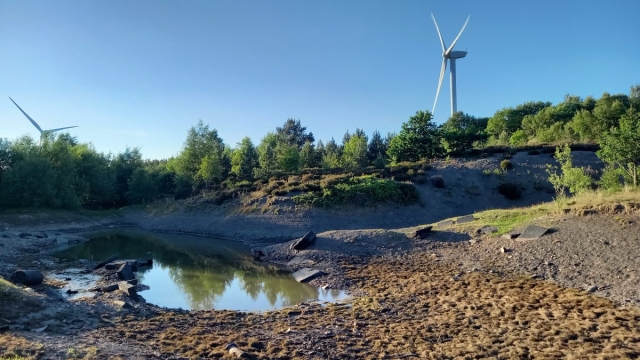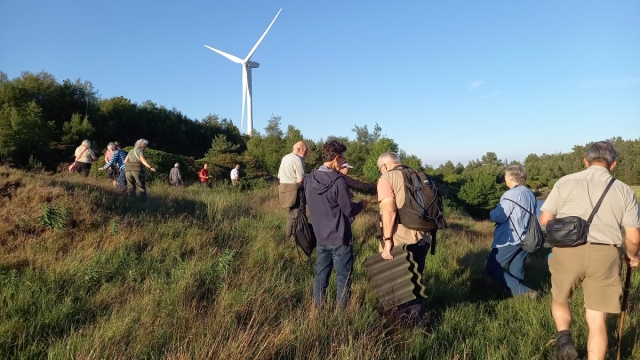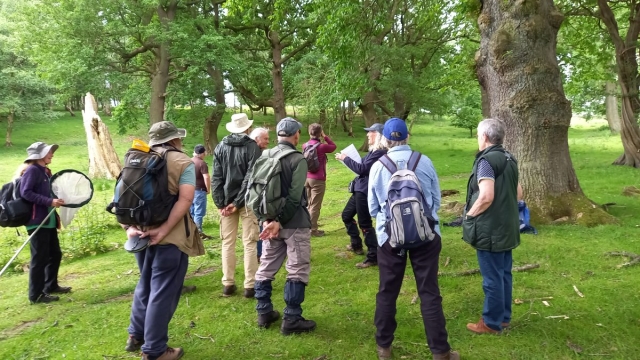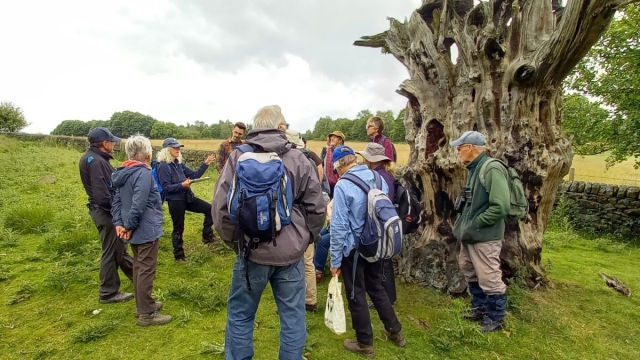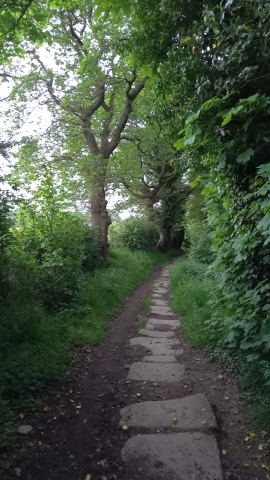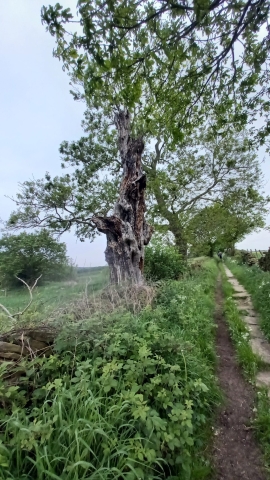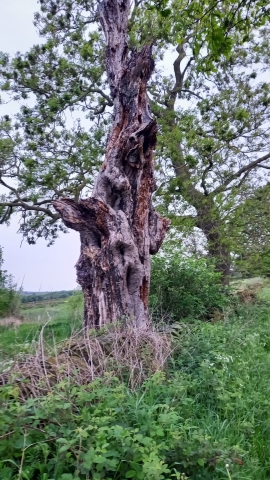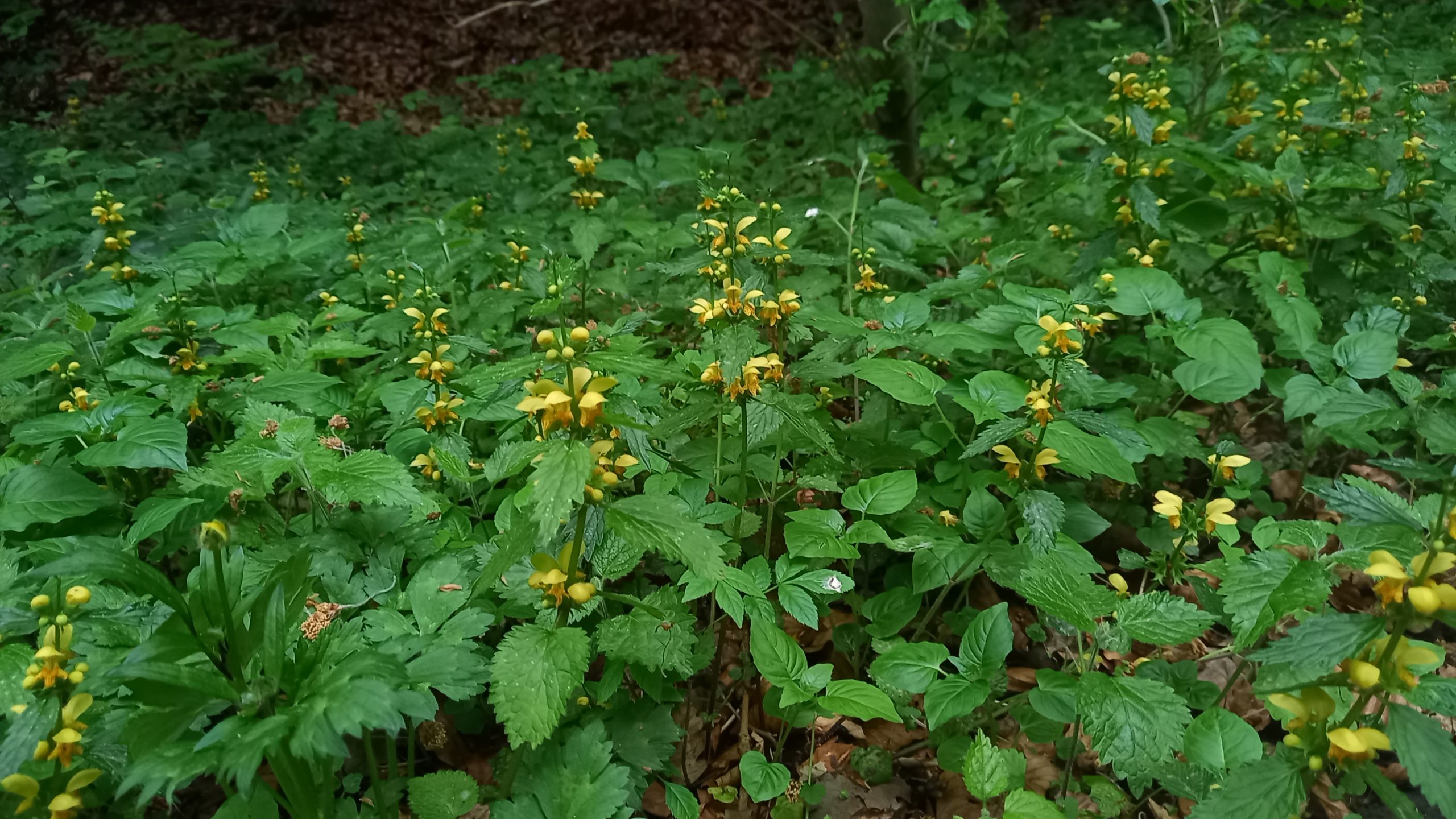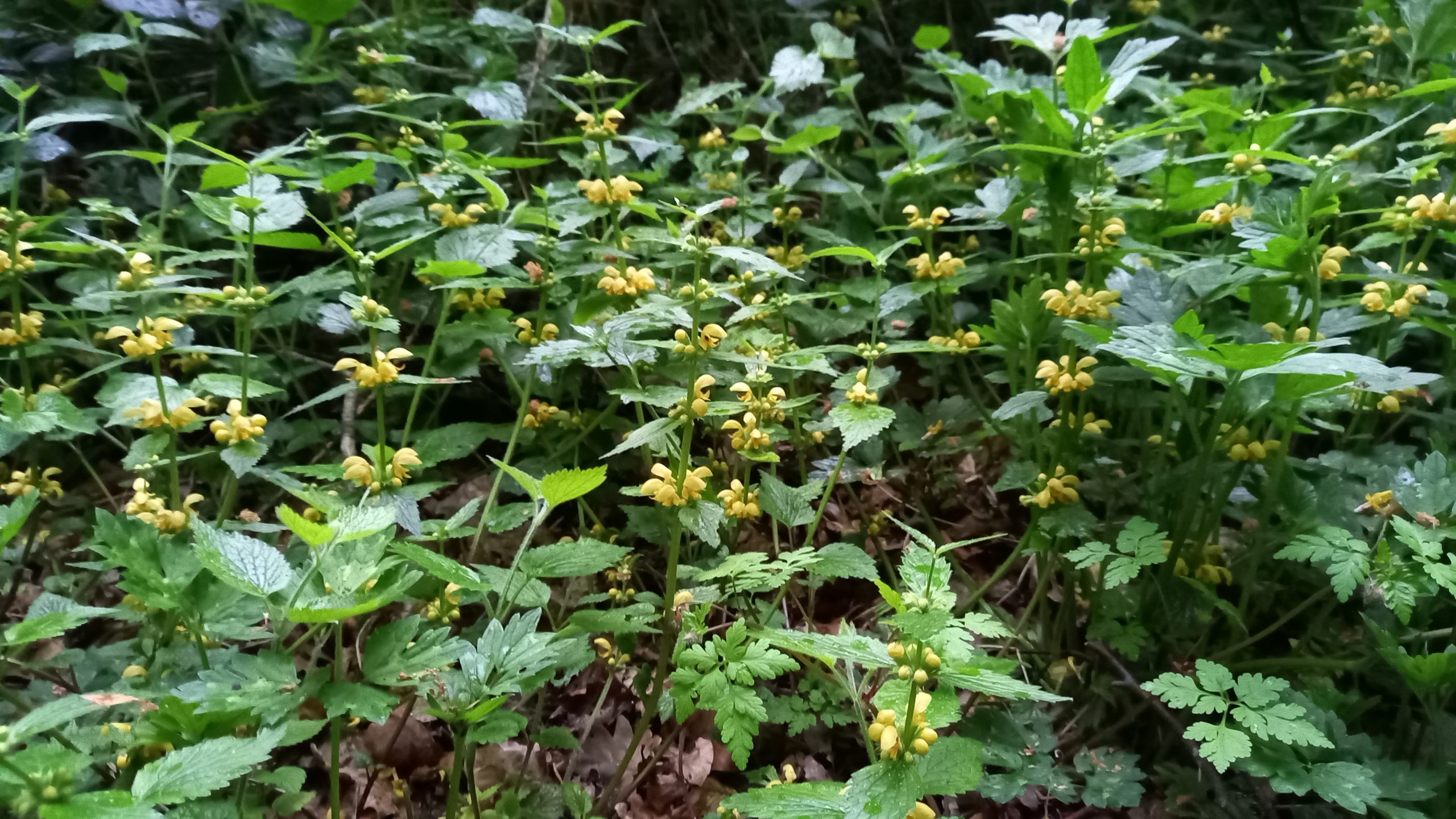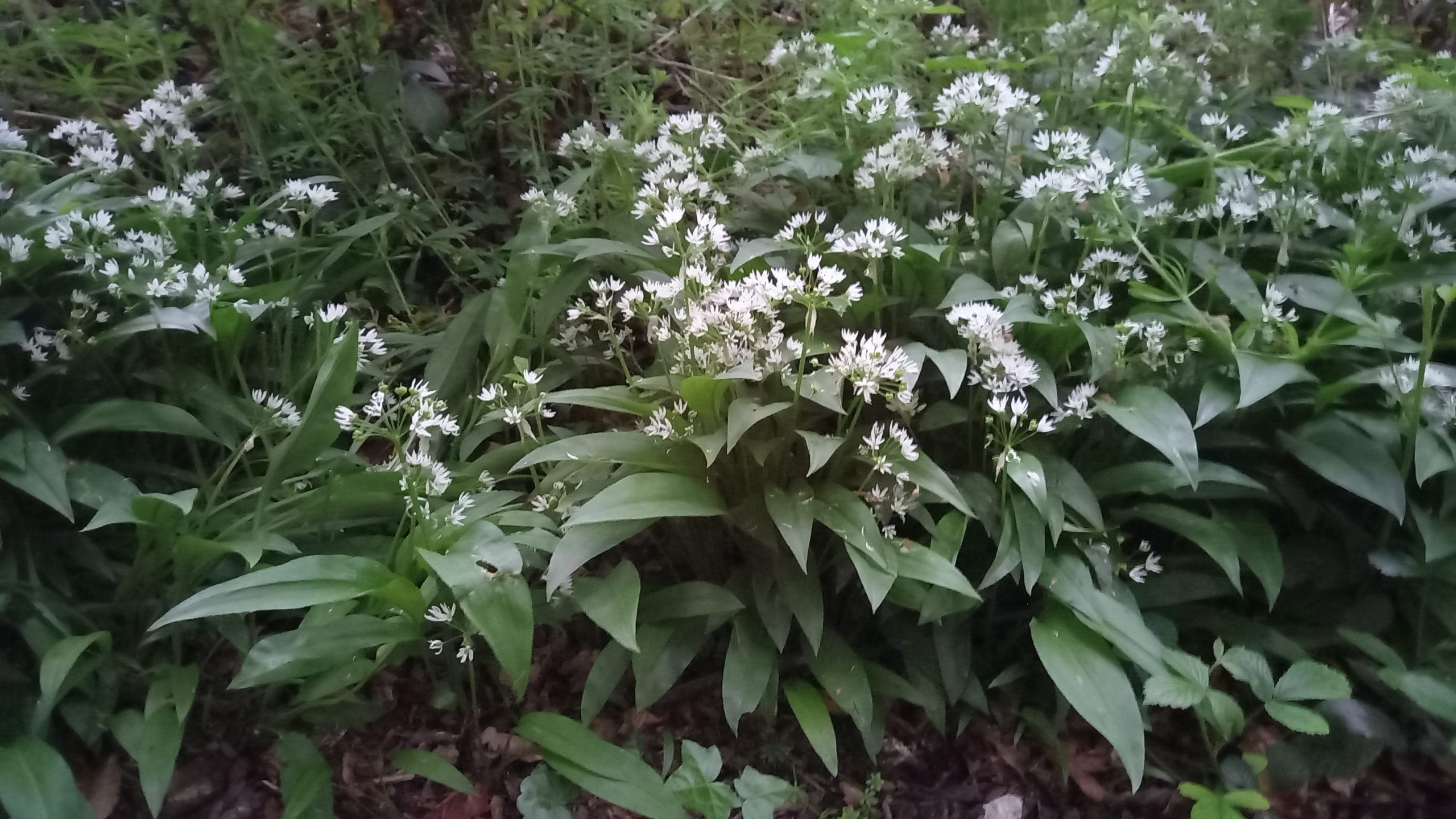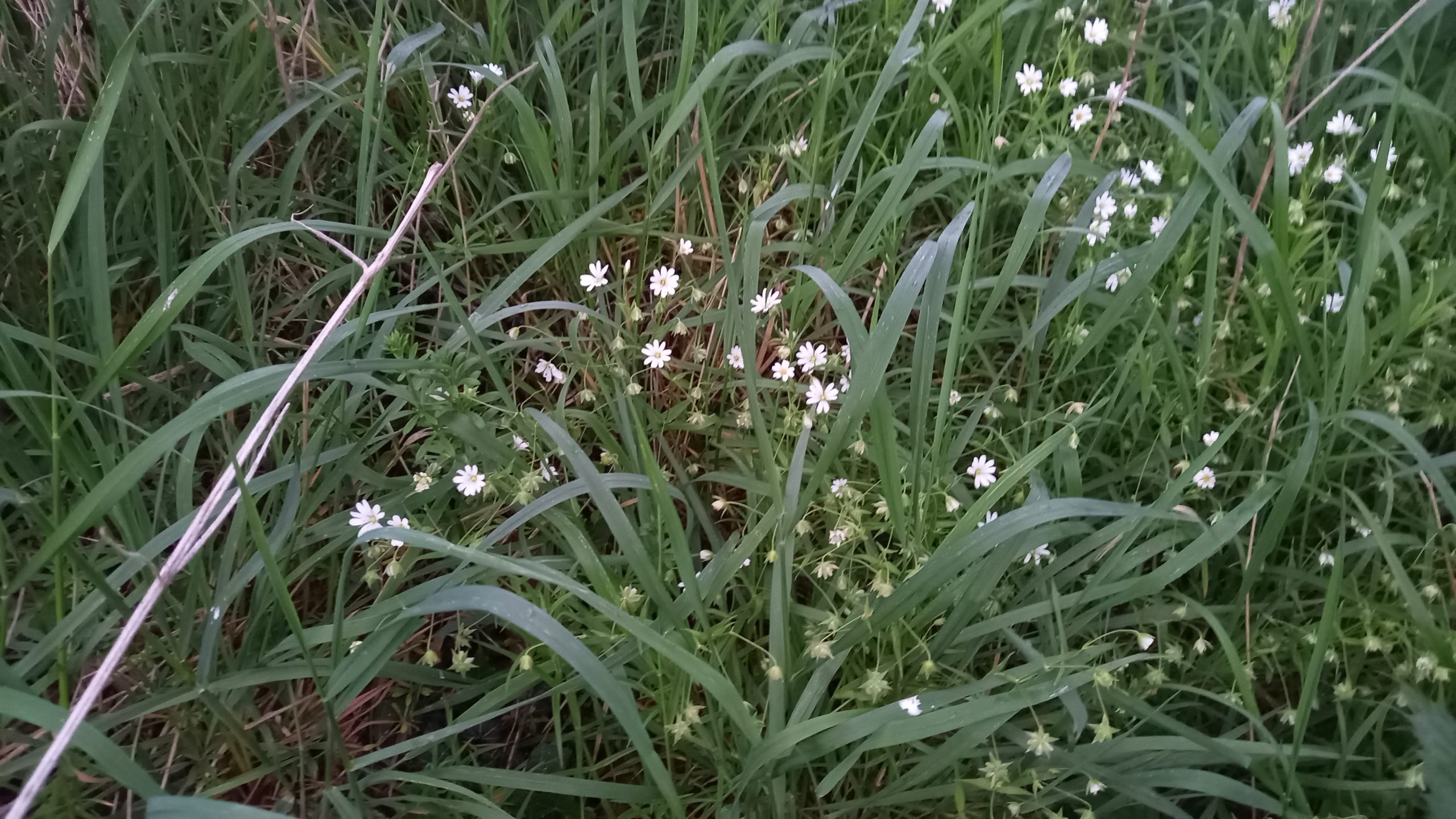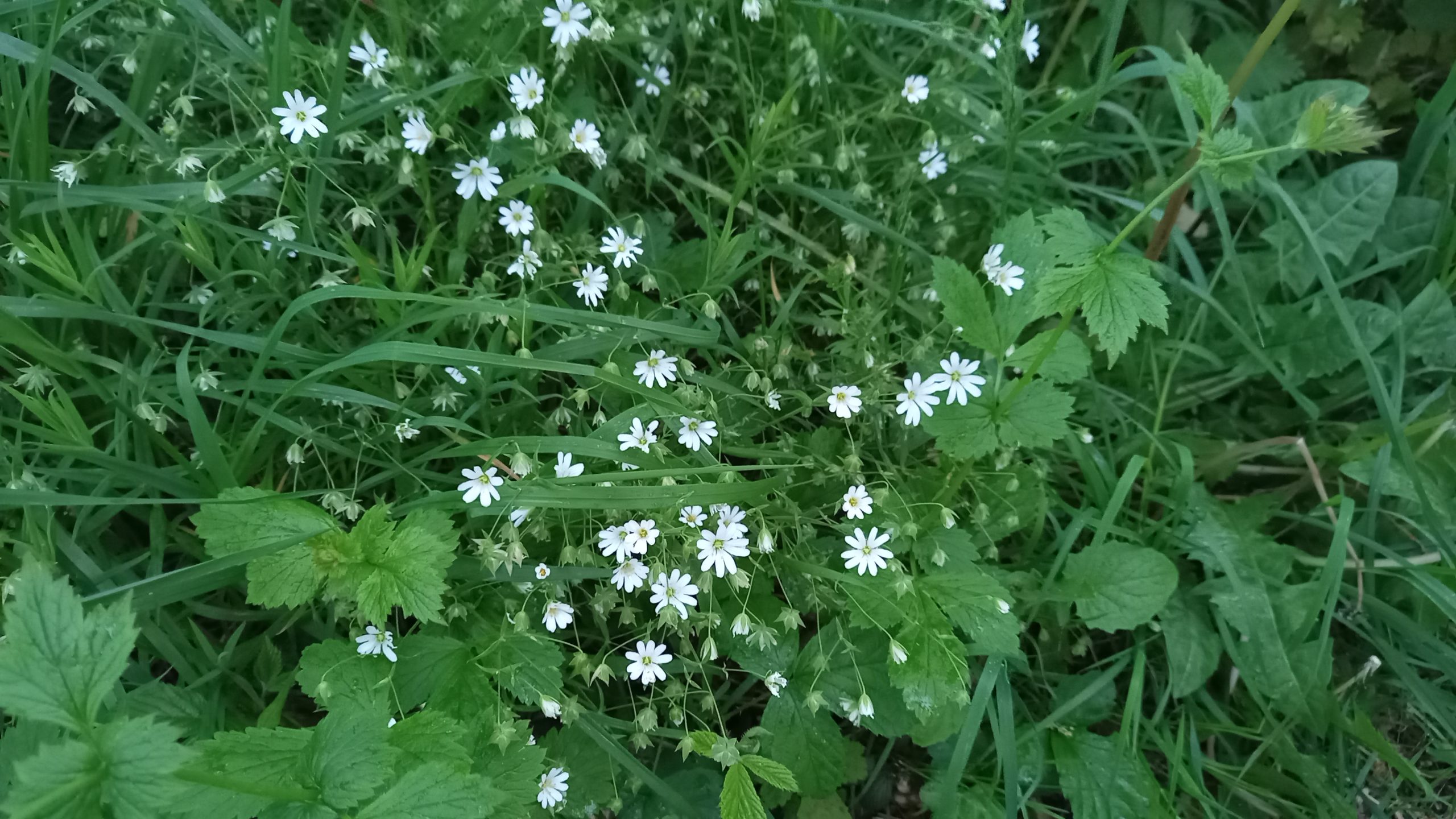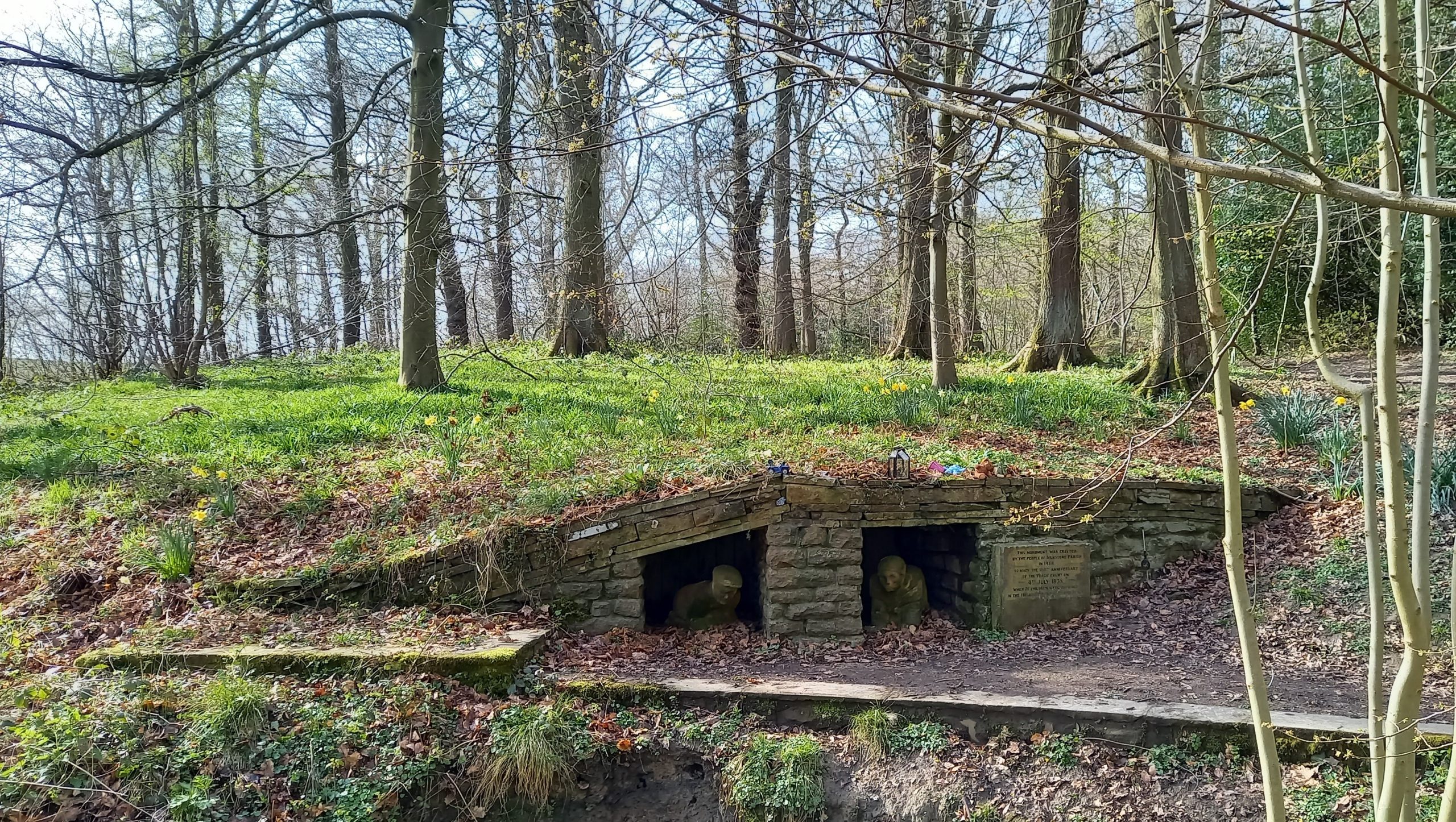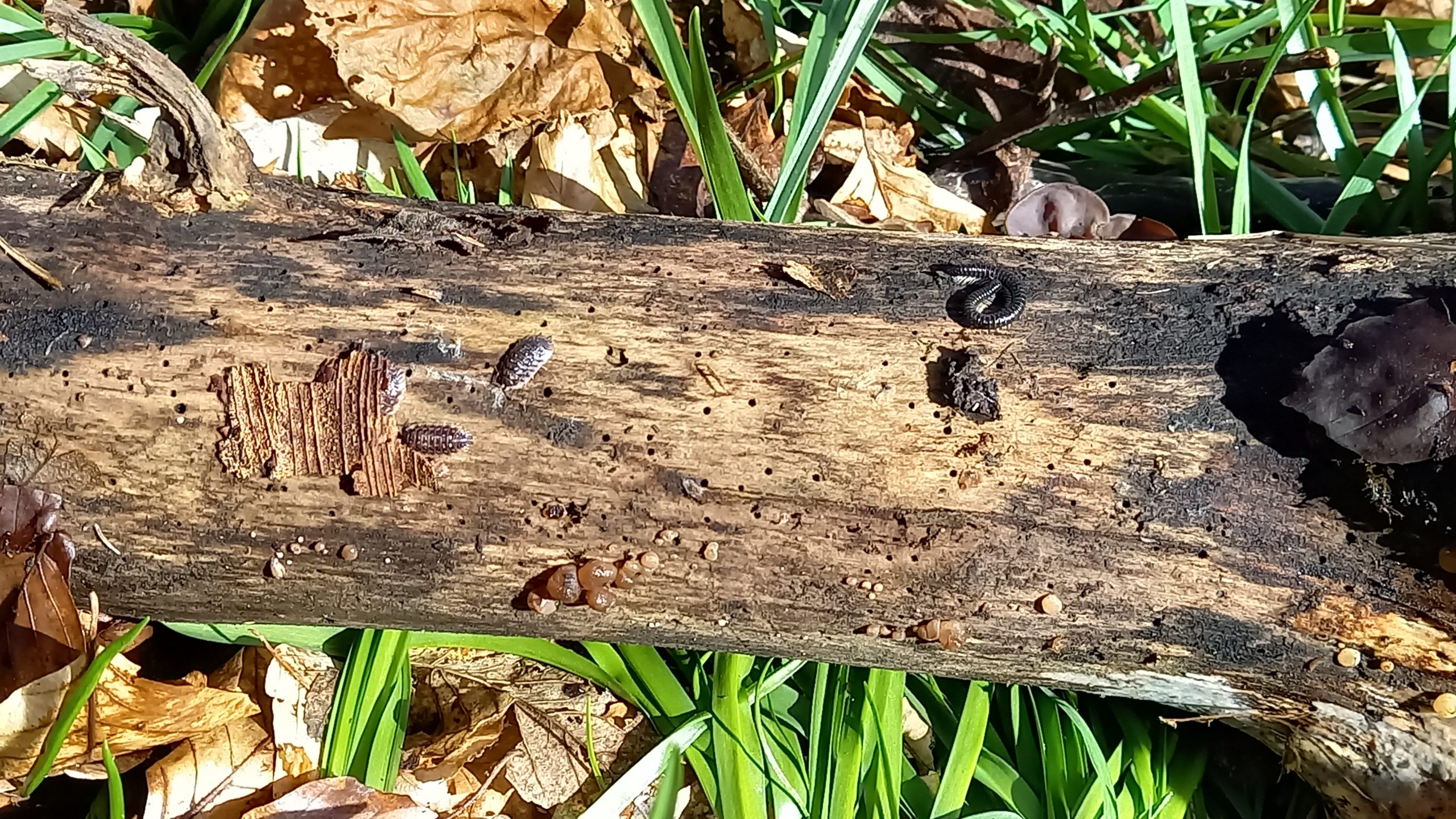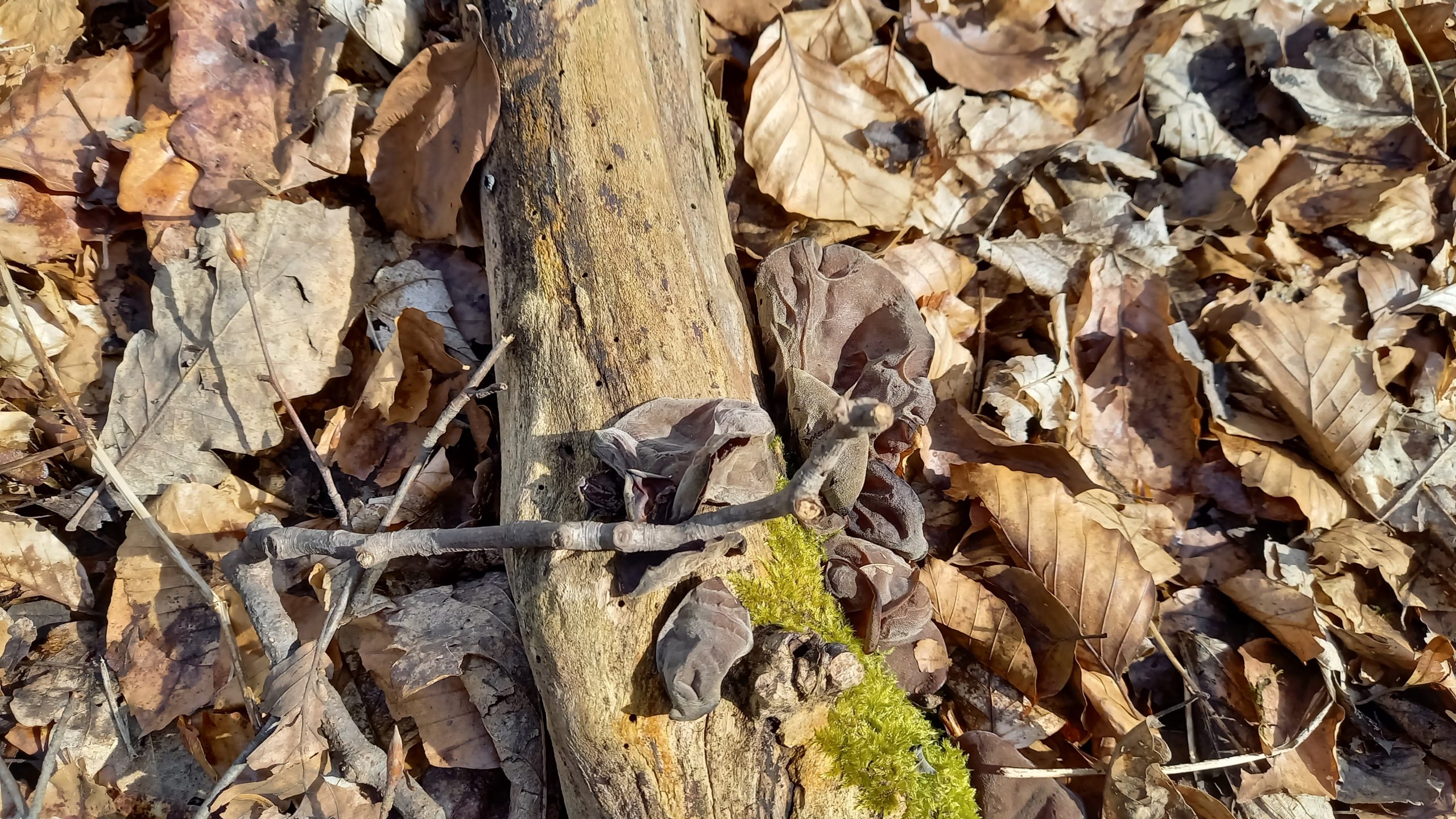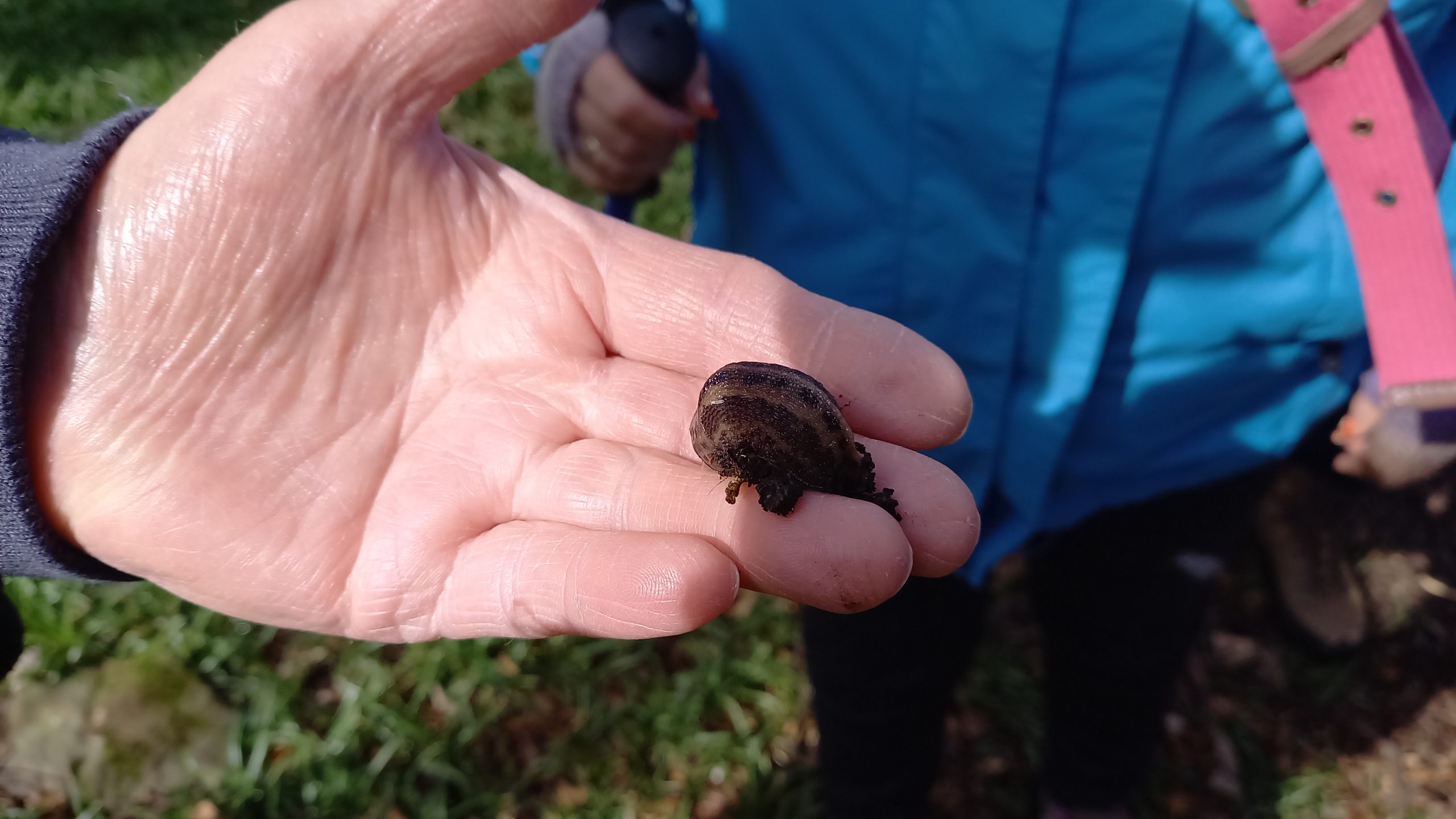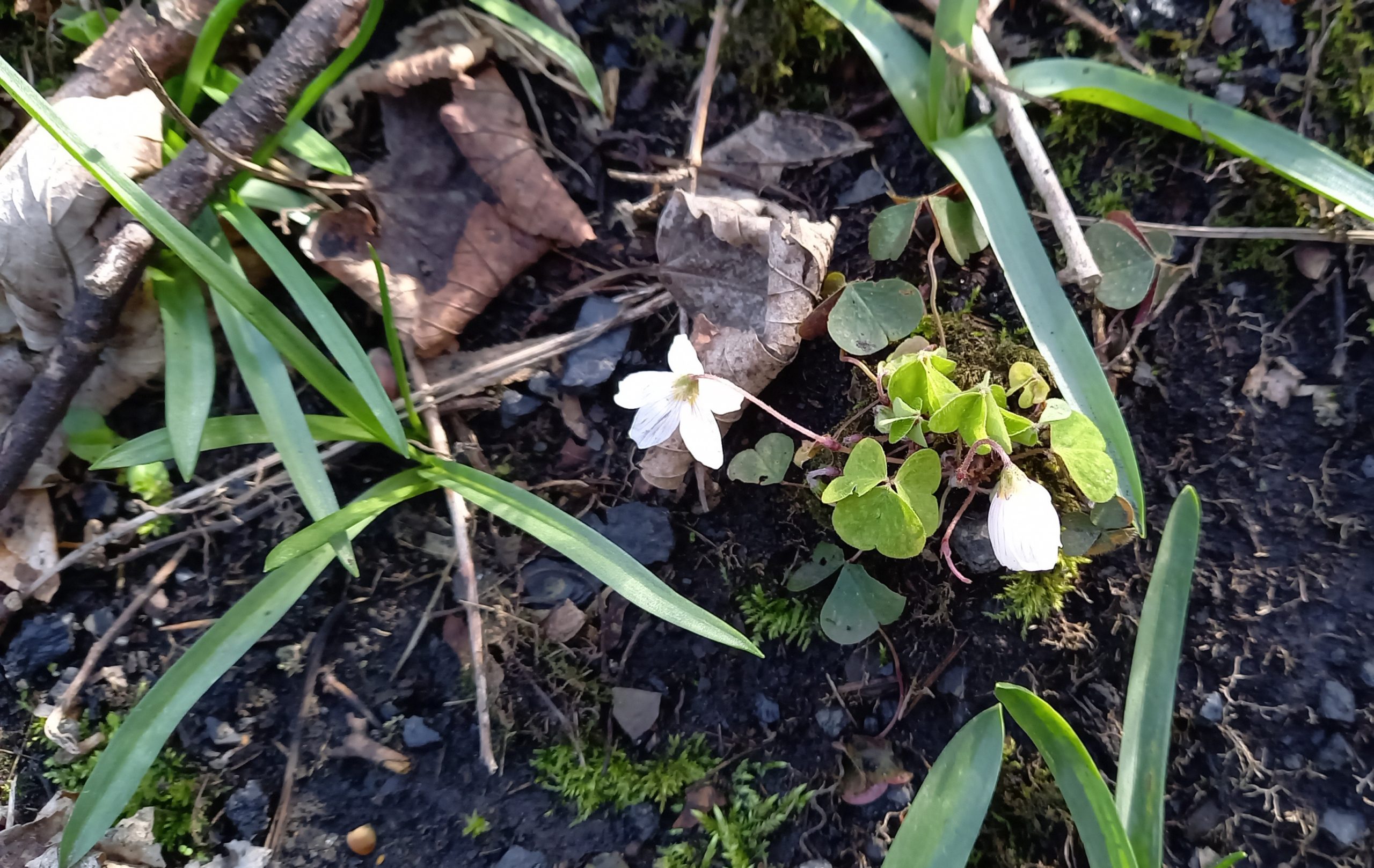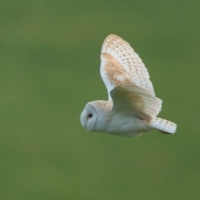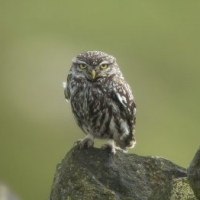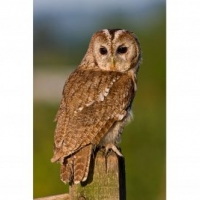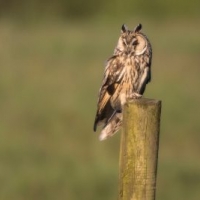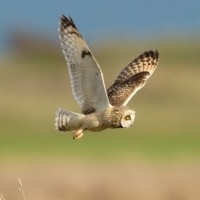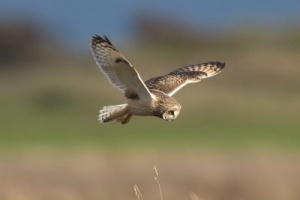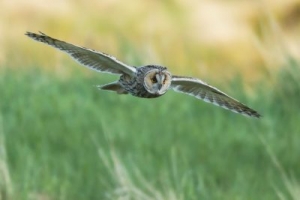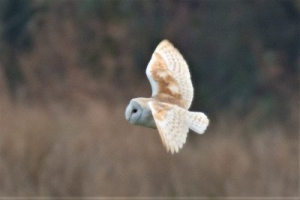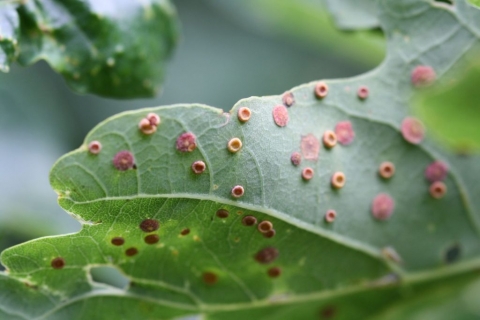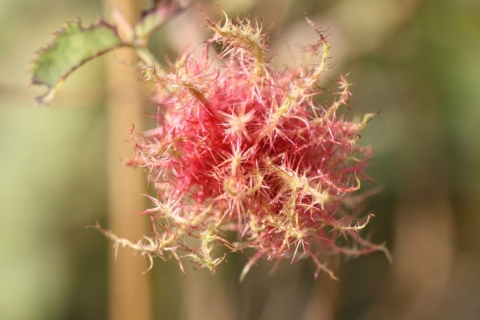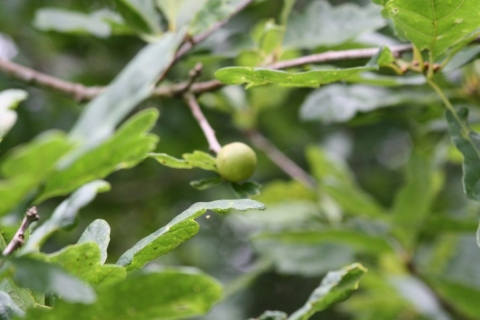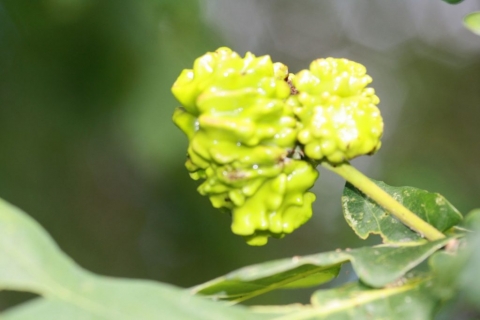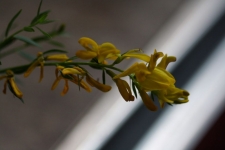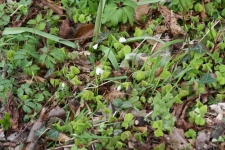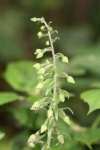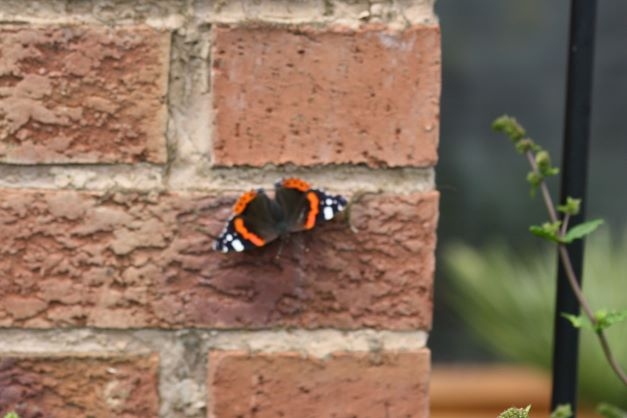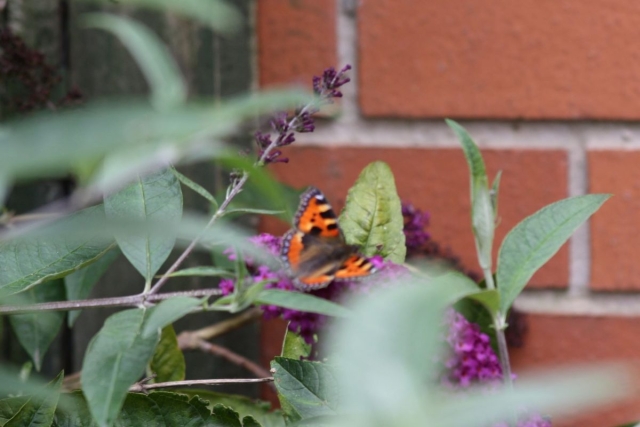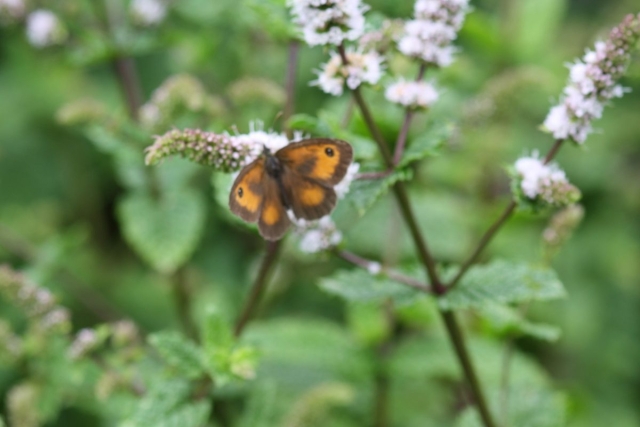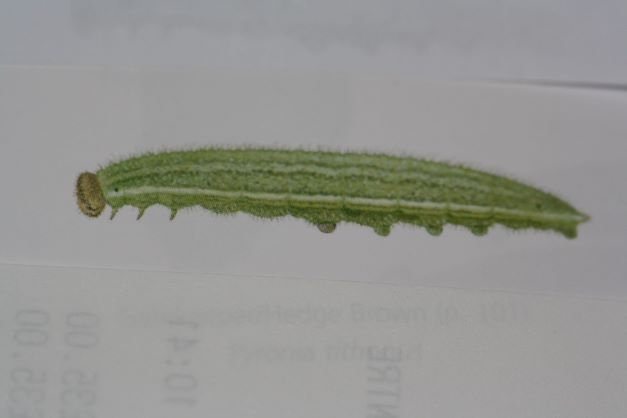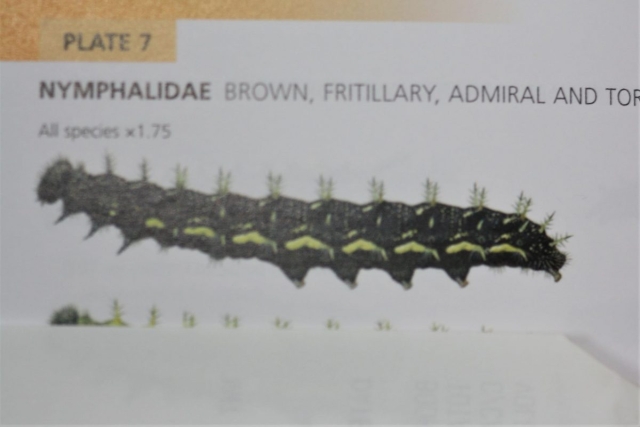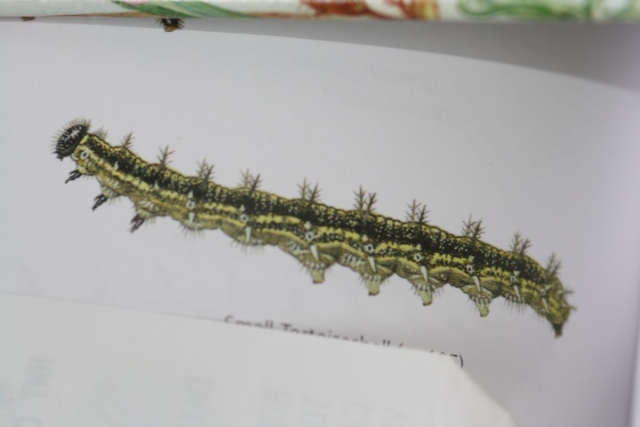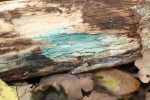Great Egret photographed at Broomhill Flash by Ron Marshall on Wednesday 27 July
Author: Barnsley Nats
Wall Browns: Remembering Alwyn
In the summer we intend to have a field visit walking in Alwyn Timms’ footsteps, looking for Wall Brown butterflies on the patch where he recorded them. We will follow a route from Royd Moor viewpoint that Alwyn Timms took us on to count Wall Brown butterflies. Meeting at Royd Moor viewpoint, 10.00am, Saturday 13 August.
Silver-washed Fritillary in Barnsley?
The Silver-washed Fritillary butterfly, predominately found in southern England, is expanding its range. They have been recorded at Brockadale, we have been told, for the last four years. Are they likely to be found in Barnsley?
Alwyn Timms recorded one in Hugset Wood in 2014. Here are some of his images:
It’s been recorded occasionally since then.
Worth looking out for!
Brockadale 23 July 2022
Five Barnsley naturalists joined the Yorkshire Naturalist Union (YNU) field visit to Brockadale nature reserve. It’s a varied site on magnesium limestone. Although the meadows were somewhat parched, highlights for us included sightings of Silver-washed Fritillary and copious Banded Demoiselles over the river Went.
Counting glowworms 13 July 2022
Five Barnsley Naturalists and one interested walker on the TransPennine Trail (TPT) joined Doug late in the evening of Wednesday 13 July in his twice weekly count of glowworms during the summer on the TPT near Thurgoland.
Both the glowworm numbers (11) and moth trap numbers (4) were however very low that night.
For more information on glowworms – http://www.barnsleybiodiversity.org.uk/glowworm.html
Visiting Barnsley Main, 9 July 2022
Following our field visit to the Barnsley Main Colliery site on Saturday 9 July, we have been collating the lists of the species we saw and will report on this shortly.
Under wind turbines above Carlecotes
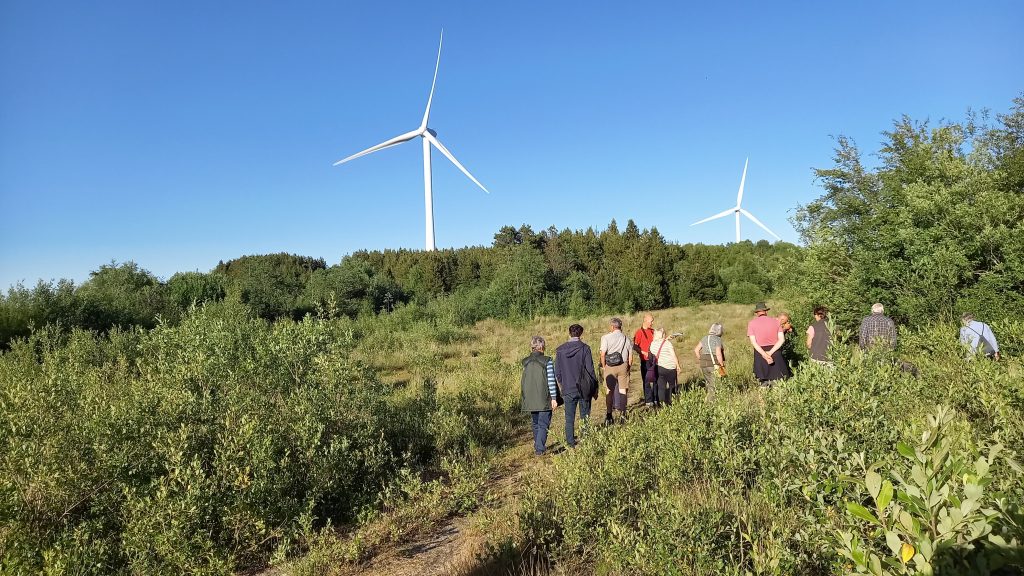
A return visit to a fascinating mosaic of habitats in the Banks Renewable (wind farm) site between Carlecotes and Crow Edge with heath, grassland, woodland and bare ground and ponds: interesting plants and invertebrates: this time with frog tadpoles in one of the ponds, some orchids and moths. An oyster catcher calling! Ended by looking at the geology and industrial heritage.
Gosling Moor – Saturday 11 June 2022
A walk around Gosling Moor, an historic wood pasture, with some ancient and veteran trees, mainly looking at the trees themselves and the invertebrates they supported.
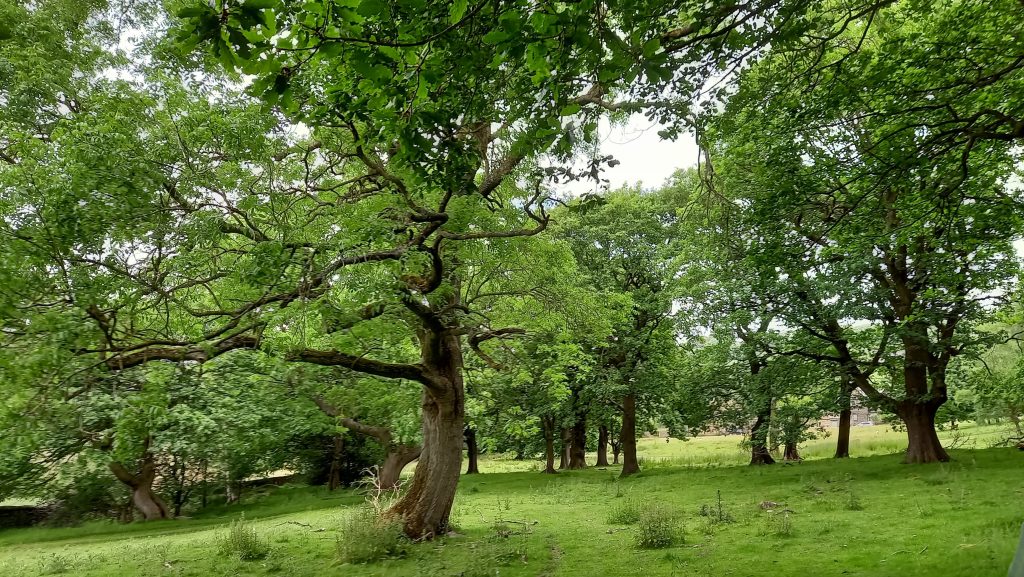
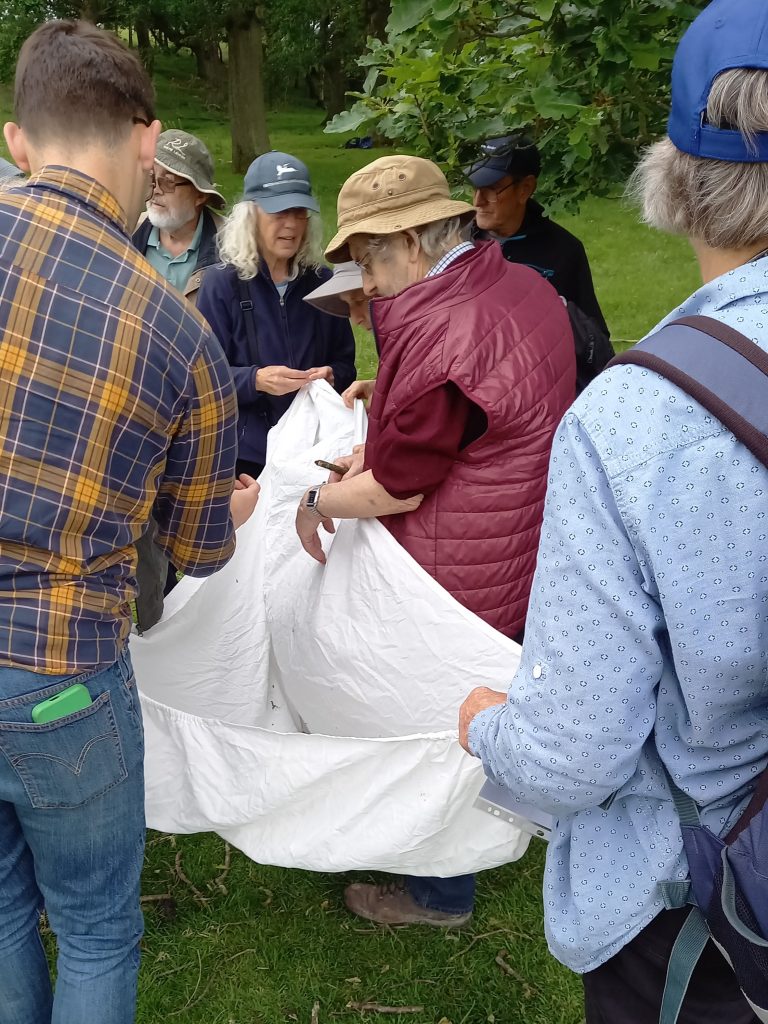
With a person at each corner, we held a sheet under various species of tree and gave a branch a shake.
We counted the species of invertebrates that fell into the sheet.
Oak had most as expected with Rowan not far behind.
Gunthwaite – 18 May 2022
Wednesday 18 May saw our annual evening visit to the Gunthwaite area, walking from Gunthwaite dam to Gunthwaite Hall Farm: ancient paved tracks, field paths, hedgerows, pastures, woodland and an impressive veteran tree.
There were lots of woodland flowering plants alongside the tracks and in the woodlands, although this year the summer migrant birds were missing.
Primeval Barnburgh! – 7 May 2022
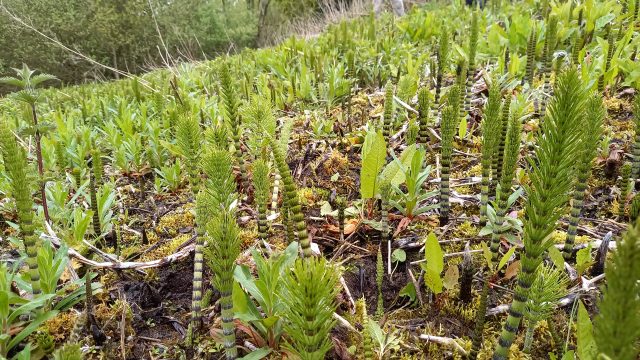
Eight Barnsley Naturalists joined the Yorkshire Naturalists Union Botany Group exploring the flora of the springs and fens of the magnesium limestone just over the Barnsley border, near Barnburgh. An impressive area with an array of Great Horsetail described as primeval!
Nabs wood – 9 April 2022
There was a change of plan for our field visit on Saturday 9 April. We went to Nabs Wood near Silkstone Common looking for the first woodland flowers. Nabs Wood is a Woodland Trust site. We were intending to go to Bagger Wood and the nearby Lower Lee Wood, which are Woodland Trust woods as well. However both of these have had recent work done and looked rather bare. As well as the emerging flowers, we looked for invertebrates and fungi
Alwyn Timms – our memories
Alwyn Timms, a long-standing member of Barnsley Naturalists, sadly died earlier this month.
Alwyn Timms was a keen observer of wildlife, a prolific recorder and a strong advocate of conservation. He was an all-round naturalist and a very patient and talented photographer.
Alwyn was always happy to share his knowledge. Over the years, Alwyn gave a number of very special presentations to Barnsley Nats — Alwyn’s talks were always well-attended! His talk about his own research on a local site of Small Blue butterflies was particularly impressive.
Even during the pandemic Alwyn contributed to our email and newsletters with fascinating online accounts full of observational insights and humour. These accounts include Alwyn being enthralled by House Martins swooping to collect mud, his exploits in rearing Orange-tip Butterfly caterpillars, the nightly visits of his Hedgehogs, and many more. You can revisit them here.
In the summer we intend to have a field visit walking in his footsteps, looking for Wall Brown butterflies on the patch where he recorded them.
Our thoughts are with his family and numerous friends.
He will be much missed.
Carlton Marsh Nature Reserve –12 March
On Saturday morning, 12 March, we visited Carlton Marsh Nature Reserve. A mix of reedbed, fen, scrapes, marsh, meadows and wet woodland makes Carlton Marsh a great place to visit, enjoy some birding, and spot signs of Spring!
Cliff Gorman who has been involved with Carlton Marsh over many years joined us and posted this account on the Barnsley Bird Sightings blog:
The Barnsley Naturalist Society visited this morning providing the following:
4 Buzzards in the air together, 5 singing Chiffchaffs, 1 singing Cetti’s warbler, 3 singing Reed Buntings, 1 yaffling Green Woodpecker, 1 Linnet, 1 Greenfinch, a male Grey Wagtail and 6 Common Gulls.
The first flowers of Cowslip were showing in the western Meadow along with Dogs Mercury and White Dead Nettle on the embankment.
4 Smooth Newts and a Froglet from last year were found under an old sleeper and a Lemon Slug was under a rock.
A fresh dead Wood Mouse was another interesting find.
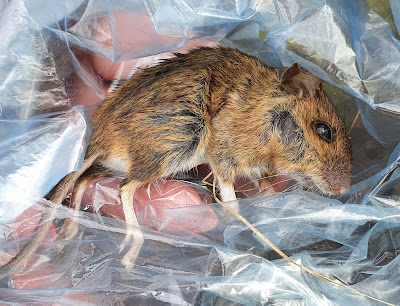
It was really good to see old friends from this group again, I hope you all enjoyed it as much as I did. Thank you for coming and being so enthusiastic.
Elsecar
Saturday 8 January: Elsecar Nature Reserve
Better than the terrible forecast! An enjoyable damp walk around the reservoir and willow carr. Impressive number of goosanders on the res.
Jill’s 2021 Christmas Quiz
Here’s Jill’s annual Barnsley Nats Christmas quiz! Now with answers!
Did you have a go at her festive offering in the days before Christmas or at Christmas itself? Check the answer by hovering over each image. You can make them larger by clicking.
… … … … … … … …
Now the Quiz! …
Which owl species? Answers given by clicking in order on the images
QUESTION 1. A bird of open country/farmland/coastal marshland and forest edges. Hunts over grassland
QUESTION 2. A bird on the northern edge of its range. Has a wide range of habitats but nests on farmland
QUESTION 3. A habitat adaptable species of deciduous and coniferous woodland, farmland, towns and city centres where there is parkland.
QUESTION 4. This bird is nocturnal, inhabits conifer and deciduous woods and forests. Breeds in conifer plantations, edges of large woodlands, thorny thickets and tall hedges, always where there is open country nearby, moorland and marshland.
QUESTION 5. This species hunts regularly in daylight (especially at dawn and dusk). Habitat is open country, moorland, coastal marshes, rough grassland and dunes.
QUESTION 6
Can you identify these birds in flight ?(a to c)
Can you identify these plant galls?
(Questions 7-10. Remember, match your answer to the image)
CAN YOU IDENTIFY THE FOLLOWING PLANTS ?
( Questions 11 to 14; in the second images there are two plants!)
CAN YOU MATCH THE CATERPILLAR TO THE BUTTERFLY
(Questions 15 -17)
QUESTION 18. How is this fungus related to a pirate ?
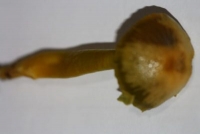
QUESTION 19. This staining on the wood is produced by Green Elf Cup, what dye does it produce ?
We hope you enjoyed Jill’s quiz. All the best for 2022.
Thanks of course to Jill – and to Ron and Doug for the photos.
Barnsley Nats

